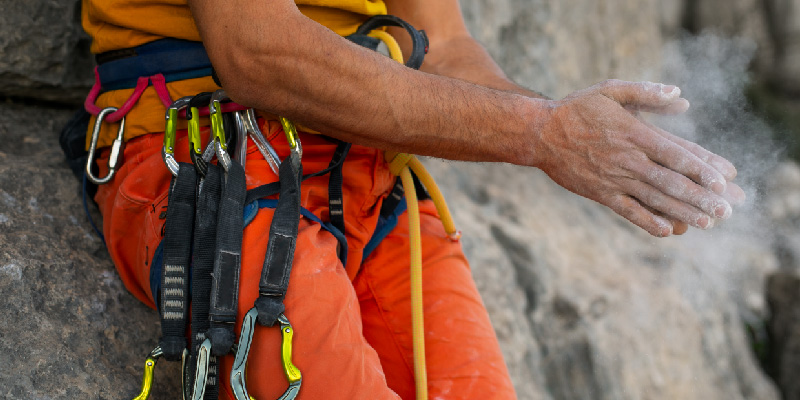
Tips to Know Static vs Dynamic Rope
Static and dynamic ropes play significant roles in various outdoor activities and industrial applications. This article delves into the differences between these two types of ropes and provides guidance on selecting the appropriate rope based on specific requirements, ensuring safety in various scenarios.
Definition of Static and Dynamic Rope:
Static Rope: A static rope has minimal stretch and is primarily used in situations that require a fixed anchor point, such as high-altitude work, industrial purposes, and protection during cliff climbing.
Dynamic Rope: With significant elasticity, a dynamic rope is suitable for activities like rock climbing and mountaineering, providing better impact absorption during falls.
Application Scenarios:
Static Rope: Ideal for high-altitude operations, construction, industrial maintenance, ascending or descending fixed lines, and similar situations.
Dynamic Rope: Suited for rock climbing, mountaineering, tree climbing, adventure sports, and any activities where fall protection is essential.

Elasticity:
Static Rope: Offers minimal to no stretch, which can result in high forces during falls and may cause injury.
Dynamic Rope: Provides significant elasticity, cushioning the impact of falls and reducing strain on the body.
Safety Considerations:
Static Rope: When using static ropes, carefully consider the impact force during falls and use appropriate protective devices like shock absorbers when necessary.
Dynamic Rope: Ensure the dynamic rope chosen has sufficient elasticity to absorb falls effectively and reduce the force exerted on the climber.

Choosing the Right Rope:
Static Rope: Suitable for situations where a stable and secure anchor point is essential, and minimal elongation is required.
Dynamic Rope: Ideal for activities where fall protection and enhanced shock absorption are crucial to minimize injury risks.
Knowing the distinctions between static and dynamic ropes is vital for safety during outdoor adventures and industrial tasks. Assess the specific requirements of each activity and choose the appropriate rope accordingly. Whether ascending a cliff or climbing a mountain, making an informed decision will enhance your safety and overall experience.

